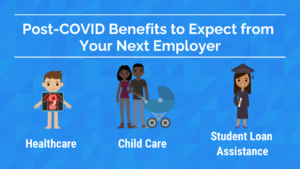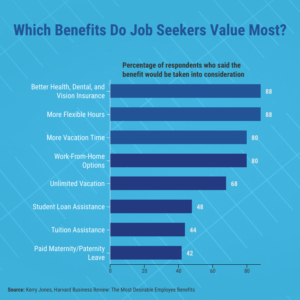

Recently, I was speaking with a client who was eager to get out of the industry she had worked in for 20+ years to follow her dreams of becoming an Interior Design/Home Improvement/House Flipping professional. As she had spent her entire career as a Purchasing Agent in the Automotive industry, she wasn’t sure how to start her journey into a more creative field, especially when she had been in the same one for so many years.
It’s actually quite easy. When making a career change, especially to a completely new industry, it’s important to focus on highlighting your transferrable skills and some of your biggest career accomplishments on your resume and LinkedIn profile. Here are some quick steps to get you moving forward to the job of your dreams:
- Change up the format of your current resume – create a format that makes your transferrable skills stand out (don’t let the need to follow tradition scare you!) and ensure that those skills and best leadership qualifications are highlighted in your career summary, branding statement, and keyword list (areas of expertise, core competencies, etc.).
- Transferrable skills – so many clients have told me “this is what I want to do, but I don’t think I’m qualified”, when actually – they really are. It just requires some thought and creative writing (which is why she hired a professional service). When making a career change, it’s imperative that you include skills you’ve used in your current field that could be applied to the next one. Organizational Development, Brand Development & Promotion, Project Management, Budget Administration, Process Improvement, Team Collaboration, Vendor Relations, Inventory Procurement, Cost Control, Negotiation Strategies, etc. These are all areas of expertise used across industries.
- Show where you have made an impact – at any point in your career, you should be able to show where you’ve made an impact to the organization(s) you’ve worked for. Quantifiable results work well when you highlight your accomplishments in a “Career Highlights” section on your resume. Sales goals? Cost savings initiatives? Process or program improvements? Building partnerships that result in revenue growth for your company? Add financial or numerical values where you can, and show the impact you’ve made on the organization’s bottom line!
- Education and credentials – this is another one that holds people back. Just because your degree is in one area doesn’t mean you can’t excel in another! Don’t let a label from 20 years ago hold you back! On-the-job training, experience, professional development, etc. are all things that can show you have diversity in what you know and what you are capable of doing in any field! There are also tons of online certifications and skill development you can get to prepare for and show you’re eager to learn about your new field. For this particular client, she was getting her real estate license to get some more experience in the industry, staging, client relations, etc. which will make her a more marketable asset for her clients, etc.
- LinkedIn – As with your resume, your LinkedIn profile is your tool for getting noticed – but more importantly, this platform allows you to get noticed on a global scale with basically a click of a mouse. Make sure your profile is optimized with key terms and highlights using language recognized in your future industry. Even if you don’t have the licensing or certifications you need right away, you can still show that you are working toward those goals. Include links to projects you’ve completed to give readers a visual view of your creative style, published works, projects, etc. There is a lot of room for information on LinkedIn, and you need to ensure you are using the site to showcase you in the best ways possible. NOTE: LinkedIn is a huge source for not only finding jobs and connecting with colleagues and other friends, but also for networking and joining groups within your new industry. The more you network and learn, the faster you will grow in your field.
- Social Media – in addition to LinkedIn, you can market your skills, experience, and accomplishments on multiple sites to get your name out there. Start a business page, use creative content, and be sure to brand yourself appropriately – even when you are limited in the character amounts you can use – you can still find something short and sweet to speak to your abilities. Effective branding is key in getting noticed and pulling the reader in to want to learn more about you!
Don’t let age, lack of formal experience, or anything else keep you from pursuing your dream job. If you’re willing to learn and work hard, you can do whatever you want in your career and in life – you just need to prepare for the change, ramp up all of your marketing tools, and hit the ground running with a positive “I’ve got this” attitude.
You know the phrase…”it’s never too late to teach a dog new tricks”…it became a popular phrase for a reason. Take ownership of that mindset and rock your new career!
















